We have a thing for the fortifications of Vauban. This French architect from the time of Louis XIV built numerous defense lines in France, such as the famous citadel of Besançon. Whenever we visit a city with a Vauban fortification, we definitely want to see it. When we heard about the nearby castle of Bazoches in the Morvan while in Vézelay, we naturally had to visit it, as Vauban once lived in this castle. It was here that he conceived his ingenious defense lines, citadels, and fortresses. We wanted to see this landmark!
When we found out that there is a beautiful walk at the castle of Bazoches, the choice was quickly made: first be active in nature, then visit the castle. Before we describe our walk at the castle of Bazoches, we will first provide some background information about Vauban and his defensive works.
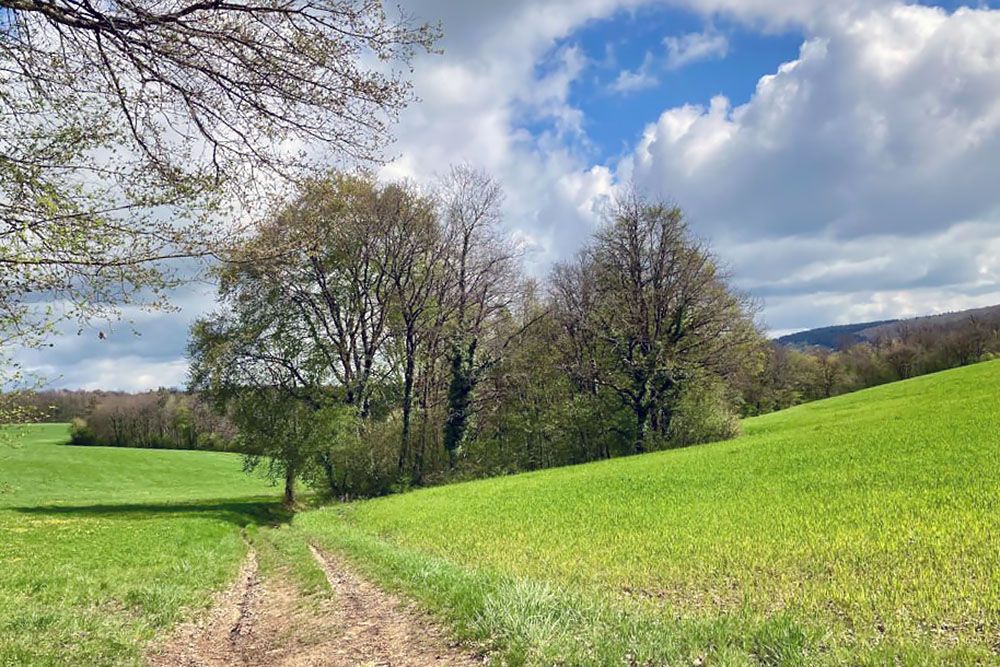
Who was Vauban?
Sébastien Le Prestre de Vauban lived from 1633 to 1707. He was born in the Morvan, in the town of Saint-Léger-de-Fougeret. At the age of 17, Vauban joined the army of the Prince of Condé. He stood out for his strategic insight and courageous actions. The Prince of Condé therefore appointed him as an officer, but Vauban refused this high position. Due to his humble origins, he felt he could not accept that role.
At that time, the royal troops were frequently in conflict with the army of the Prince of Condé. The king’s soldiers captured Vauban during one of these battles when he was 20. Because of his knowledge, he was of great value to King Louis XIV. Eventually, Vauban decided to support the king. He was released and appointed as a royal engineer.
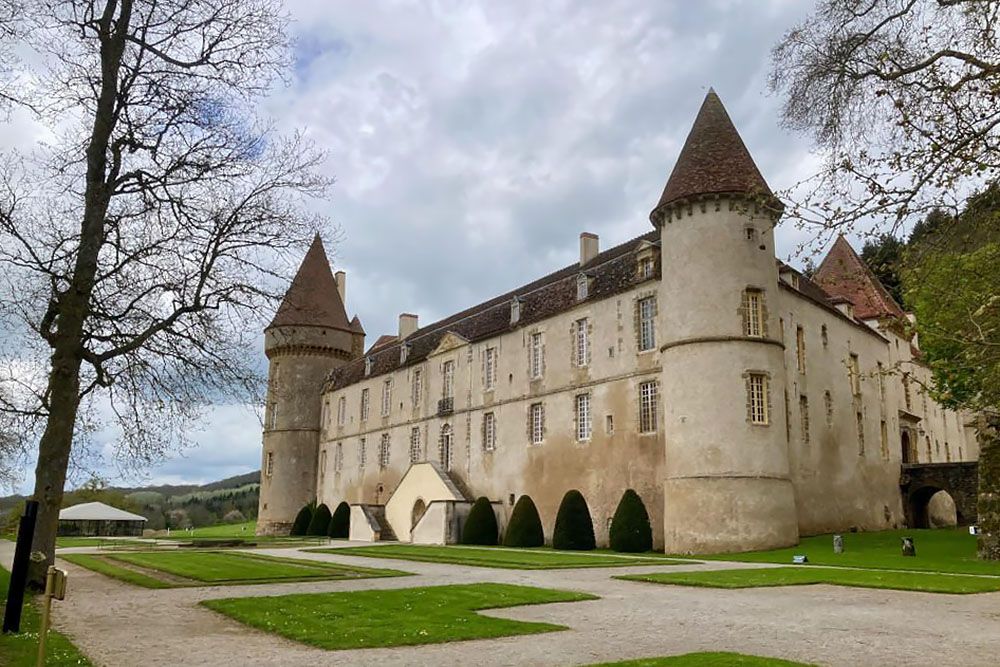
Vauban played an active and decisive role in various wars. Additionally, he increasingly focused on strengthening cities and military camps. He was a master at devising and building fortifications. Therefore, Louis XIV commissioned him to strengthen the northern border of France. For this purpose, Vauban developed a military buffer zone of a double defense line in 30 cities. This “pré-carré,” as the defense line was called, proved to be extremely effective. As a token of gratitude for his services, the king granted the castle of Bazoches to Vauban. From this place, he conceived many of his ingenious plans. Later, Vauban focused on the eastern border of France. In total, Vauban developed a staggering 300 fortifications along the former borders of the country. Twelve of his fortifications and citadels are on the UNESCO World Heritage List.
Ultimately, Vauban became a marshal in the army of Louis XIV. Vauban passed away in 1707 due to pneumonia. He was buried without any tribute in the Église Saint-Hilaire of Bazoches. Since 1867, his birthplace has been called Saint-Léger de Vauban. Napoleon III ordered this name change, paying posthumous tribute to the former marshal of the French army. His birthplace is now a small museum called Maison Vauban.
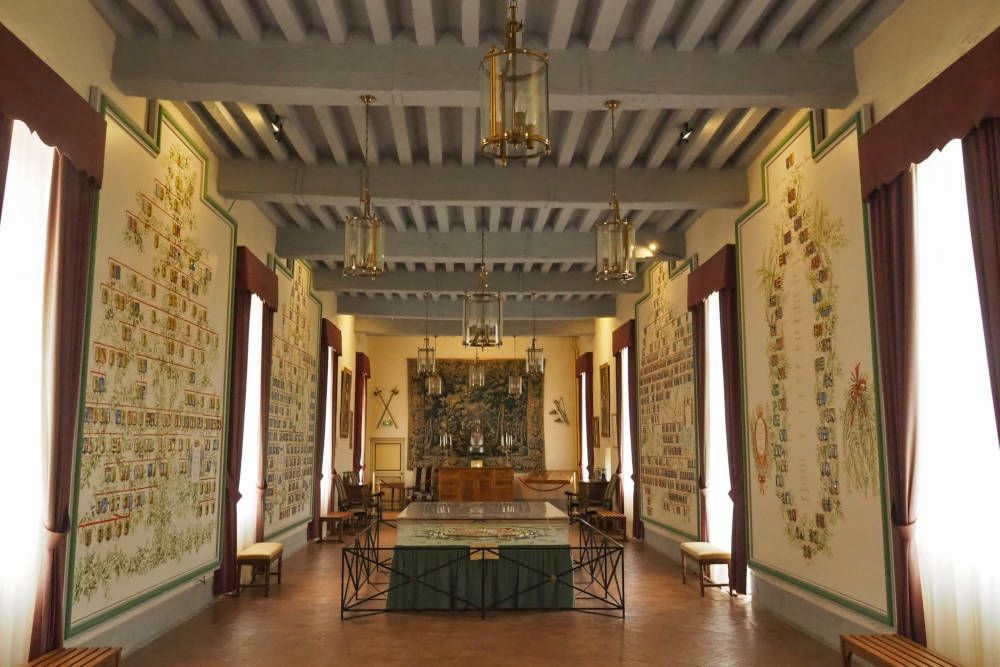
Walk at the castle of Bazoches
From Vézelay, we could already see the castle on the morning of our departure. It gleamed in the sun, adjacent to a large forest area. The drive along a quiet provincial road brings us to the castle in less than 20 minutes. The parking lot is nearly empty. We are also early, it is still before 10 o’clock, and the estate has not yet opened. This doesn’t bother us, as we want to do the walk first. This is not the official starting point of the walk, which is in the village of Bazoches. But for us, it is more convenient to start and finish at the castle’s parking lot. After that, we can extensively visit the castle.
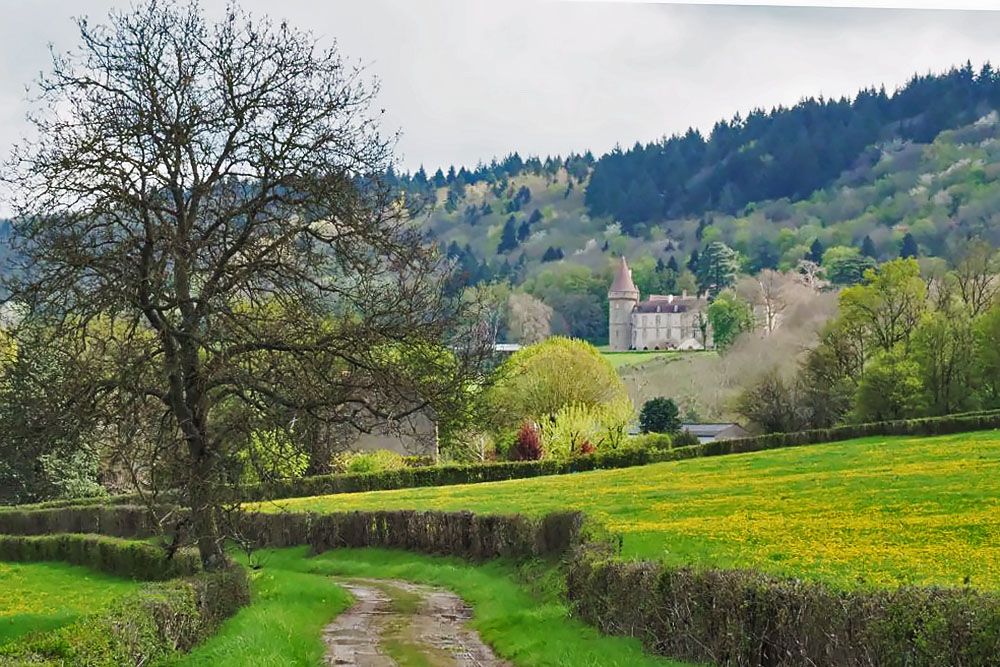
The church of Saint-Hilaire in Bazoches
Our walk at the castle of Bazoches leads us along a gently descending country road towards the small village of Bazoches. The marking of the yellow scallop shell indicates that we are walking a section of the pilgrimage route from Vézelay to Santiago de Compostela.
In the distance lies the small church of Saint-Hilaire, our first destination. We reach the deserted village in about twenty minutes via the wide country road. There are fewer than 200 inhabitants in the hamlet. We don’t encounter anyone in Bazoches; the village seems deserted.
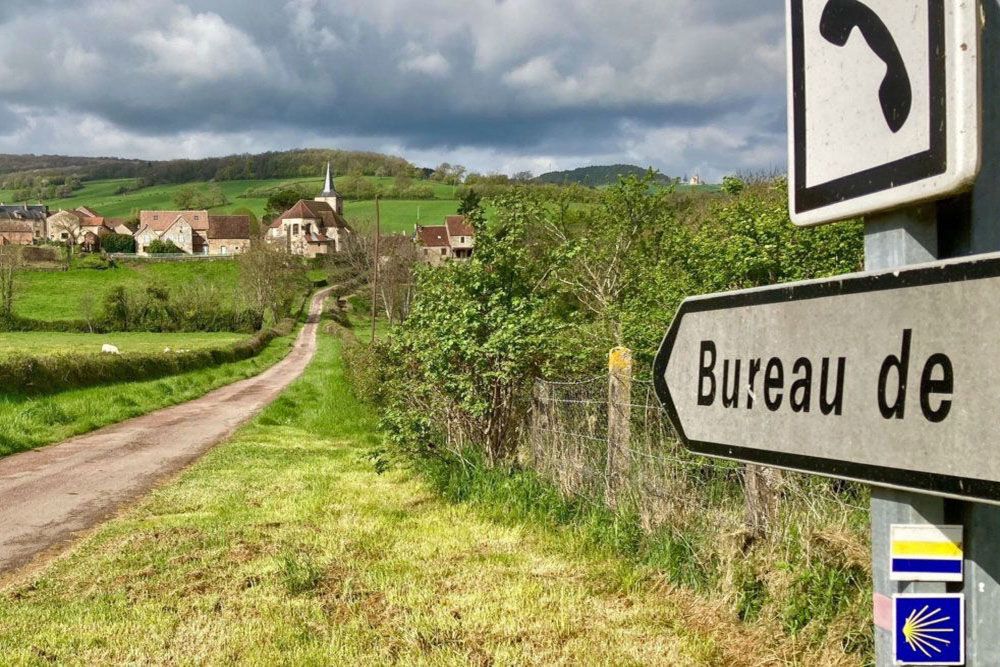
The small church is situated on a small hill in the village and is also not large. Nonetheless, it is a special place, especially because Vauban is buried there alongside his wife. During his lifetime, Vauban made several donations to the church, which enabled the construction of the choir and the chapel. His grave is now in that chapel. However, Vauban’s heart is not in it; on the orders of Napoleon in 1808, it was placed in the Hôtel des Invalides in Paris. Many prominent French military figures are buried there, and Napoleon was a great admirer of Vauban. Therefore, he believed that the marshal’s heart deserved a prominent place.
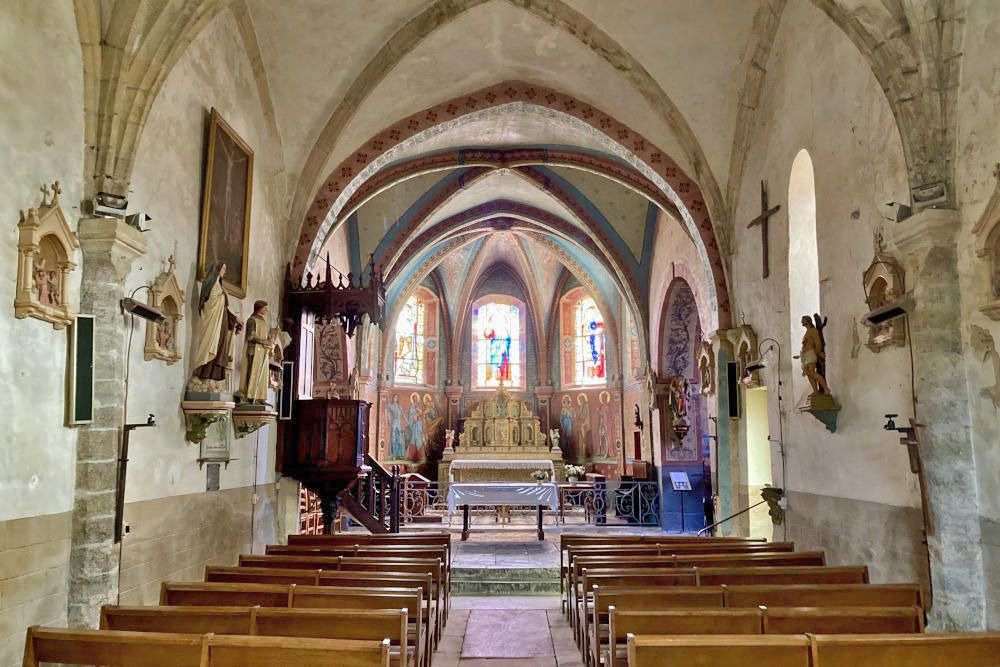
Chapel of Saint-Roch
We leave Bazoches behind and enter the rural surroundings. We are treated to beautiful views in this hilly area of the Morvan. In the distance, we discern a church at the edge of the forest, surrounded by meadows and rapeseed fields, creating beautiful color combinations. Once again, we are walking along the pilgrimage route.
The landscape remains beautiful. For variety, we now walk through a forest. The route then continues along the edge of the forest, where we pass the chapel of Saint-Roch. This chapel once served as a rest stop for pilgrims, where they could care for sick walkers before continuing their holy route towards Santiago de Compostela.
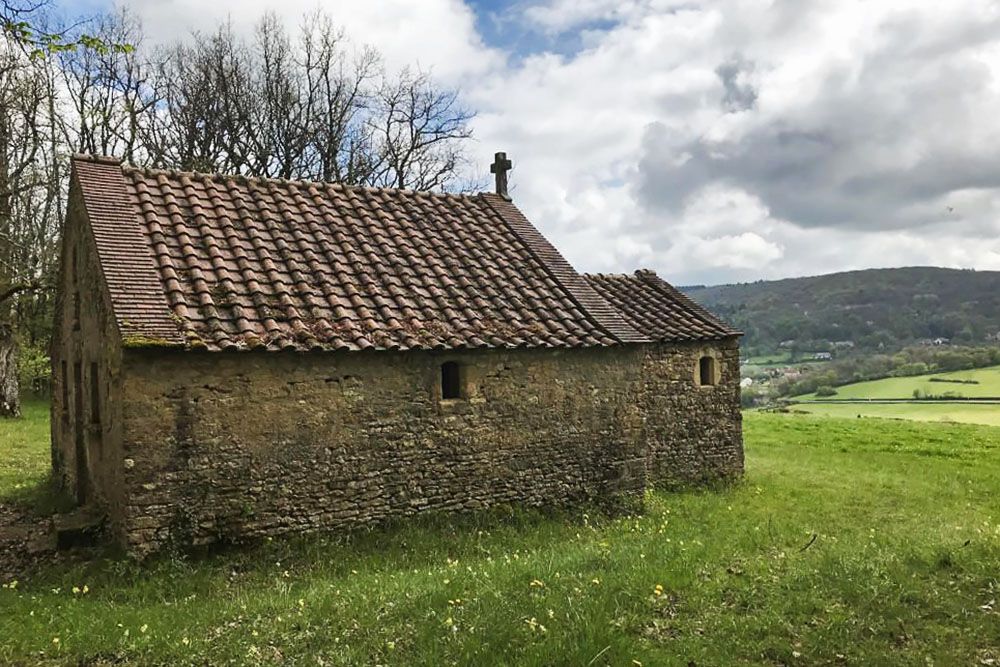
Back to Bazoches
Our route takes us back towards Bazoches. We now walk through open land along a slightly marshy farm road with farmland on both sides. When we arrive in Bazoches for the second time, the peaceful atmosphere remains. However, we now encounter a few people on the street. The restaurant we pass is closed today. Fortunately, we have our thermos of coffee with us. In the village, the former telephone booth is now used as a “mini-library.” Of course, my wife can’t resist checking if there’s a nice book among them.
We don’t see any young people here. While we are walking, we temporarily lower the average age of the village, as it’s mainly retirees who are busy in their gardens. They have the time for it, and the results are impressive – flourishing gardens, neatly maintained, with not a blade of grass out of place.
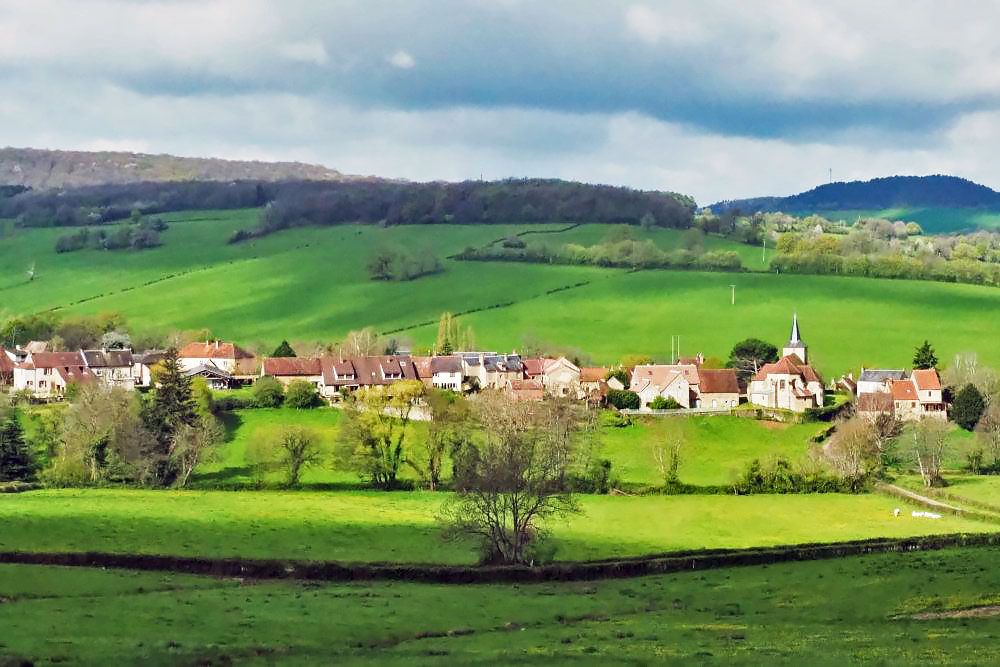
Into the forest
Then begins the most strenuous part of our walk at the castle of Bazoches. We slowly ascend towards the forest near the castle. We then walk through this forest for a while. The ascent continues. The forest is thick in some places, but fortunately, the paths are wide and easy to walk on.
Finally, in the forest, we reach the highest point of our walk at the castle of Bazoches. We take a rest on a tree stump, enjoying the view. In the distance, the castle lies – our goal for this walk.
The last stretch of the route descends slightly. A high stone wall marks the boundary of the castle grounds, so we can’t see much of the building. That changes when we reach the entrance gate. By now, the estate is open to the public, and we can visit the castle.
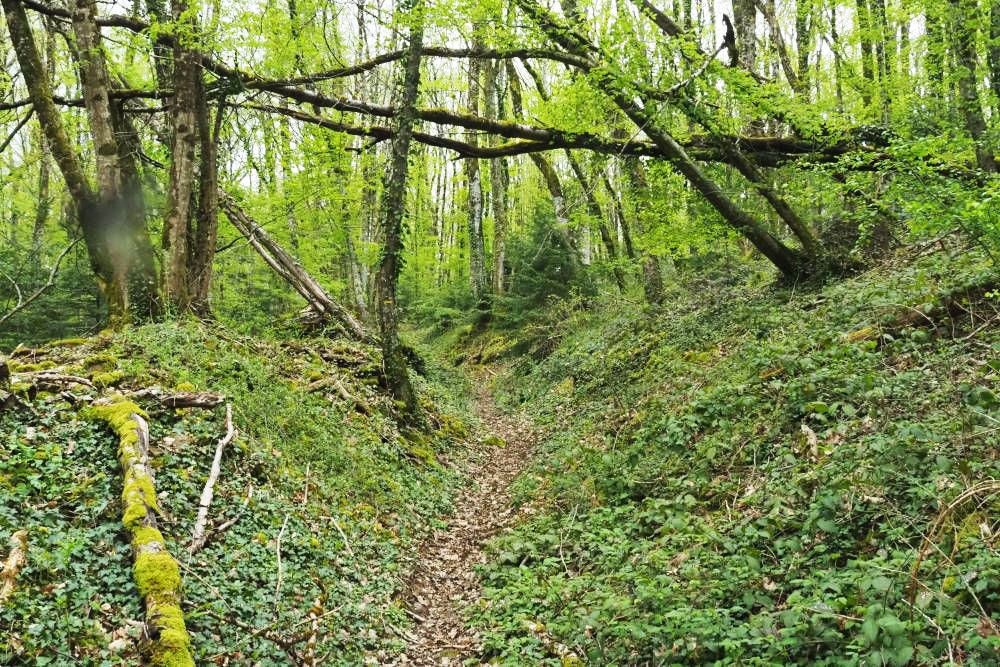
Castle of Bazoches
The castle originally dates back to the 12th century. Jean de Bazoches built it in 1180. Over the centuries, it had many owners. In 1675, King Louis XIV granted it to Vauban. He used it as his residence and as a workspace where he conceived all his plans for fortifications. As a designer and builder, he also worked on this castle, significantly renovating it and turning it into a military garrison. The castle is privately owned. The current residents are descendants of the eldest daughter, Charlotte de Vauban. They have turned part of the castle into a museum.
Before we enter the castle, we enjoy the beautiful view of the surroundings. The rolling hills of the Morvan with meadows, country roads, and small hamlets are wonderful. Once inside, we see the beautiful panorama from the windows in the various rooms.
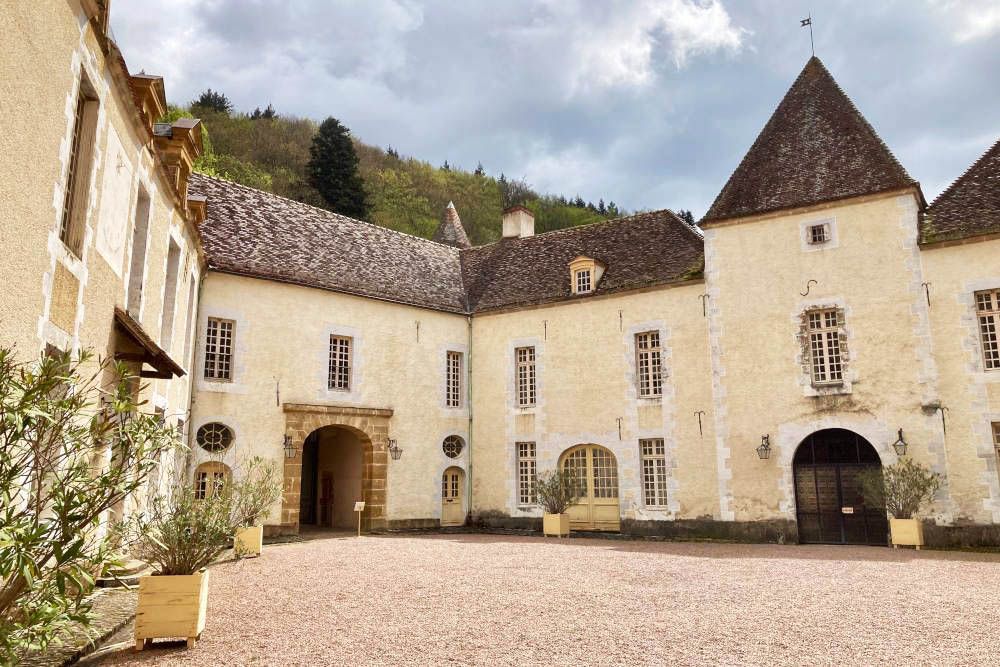
After taking a look at the courtyard, we begin the tour of the castle. In about an hour and a half, we see lavishly furnished rooms with furniture from Vauban’s time, as well as large spaces with models of citadels he developed, armories, and the workspace where he conceived all his plans. It’s fascinating to see. Moreover, it’s interesting to learn about how he made an impressive contribution to the defense of the country in over 300 cities in France.
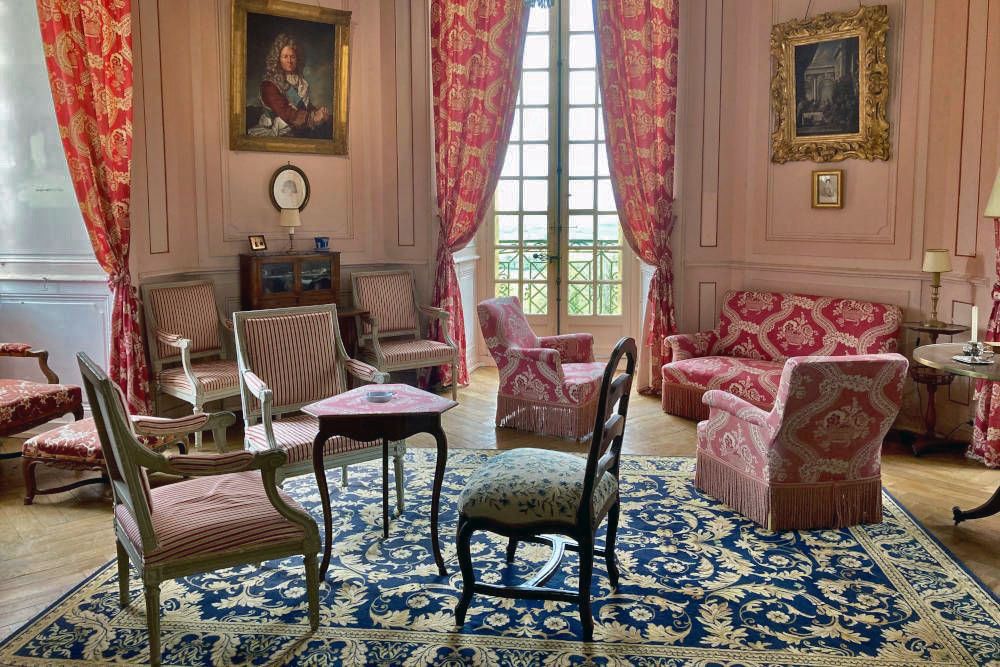
Our walk at the castle of Bazoches is over
Full of impressions from the castle, we walk the last meters to the parking lot. Once again, we take in the beautiful view. We have enjoyed a wonderful walk that allowed us to experience the rolling landscape of the Morvan. Visiting the castle was the icing on the cake of this walk. This castle is definitely worth a visit when you are in the Morvan!
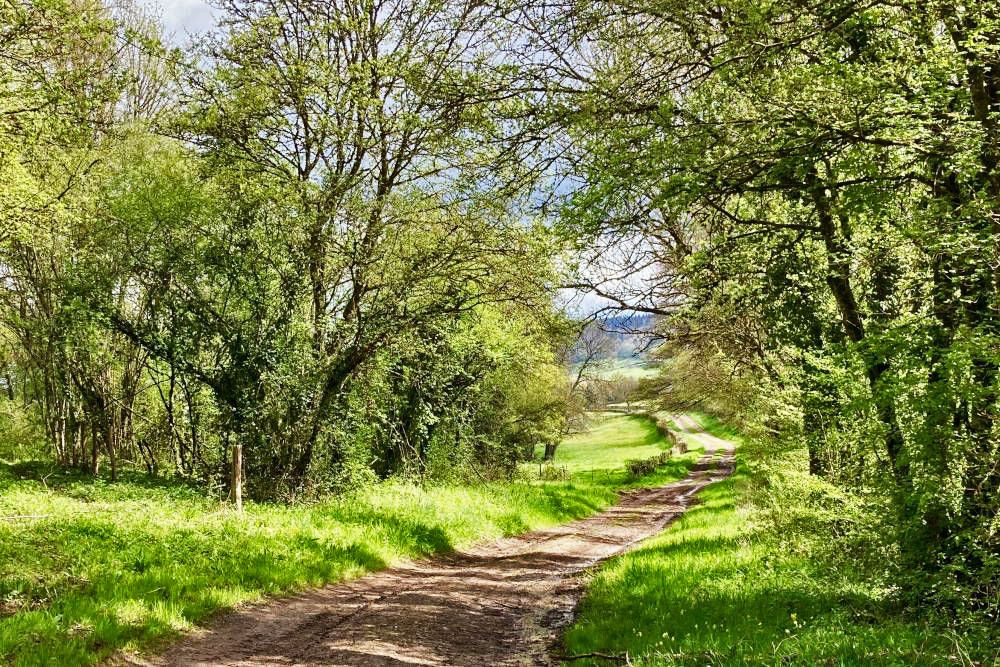
FAQs about the walk at the castle of Bazoches
The castle of Bazoches is situated in the Morvan, approximately 13 kilometers from Vézelay by car.
The official starting point of this walk is at the information point in the small village of Bazoches. We chose to begin the walk at the castle's car park, where you can conveniently park your car and, of course, visit the beautiful castle before or after the walk.
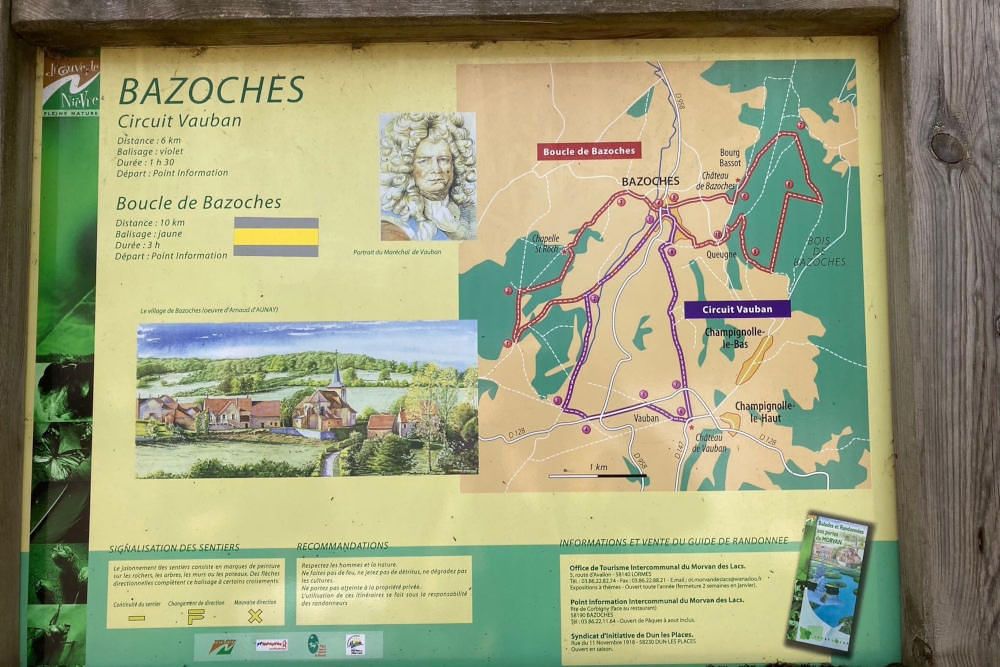
The walk is a total of 10 kilometers long. The majority of the route follows well-maintained country roads and forest paths. Part of the walk goes through a forest, where the paths ascend.
You can find a map of this walk on the Cirkwi website. You can also download the GPS track from there. However, it's not really necessary as the walk is signposted.
The walk is marked with yellow signs, making it nearly impossible to get lost.
In Bazoches, you'll find the restaurant Le Relais Vauban, which is only open from Thursday to Sunday until 2 p.m. If you are doing this walk on other days, it's advisable to bring your own food and drinks.
The castle of Bazoches is beautifully located in the Morvan. From the grounds, you have a fantastic view of the surroundings. The castle was formerly the residence of Vauban, a famous builder of hundreds of defense works along the border of France. Part of the castle is arranged as a museum, providing insight into Vauban's life and work in the lavishly furnished rooms. The castle is privately owned by Vauban's descendants.
The castle is open to the public from mid-February until the end of the year. The opening hours vary by season. For the current hours, visit the castle's website. The admission fee for a visit is €10 for adults.


